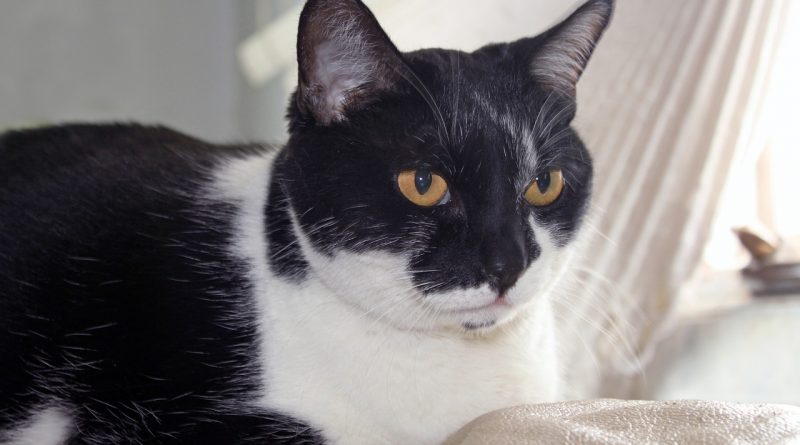Simple Ways to Keep Your Older Cat Active

As your cat gets older, it’s perfectly normal for him to walk a little slower, jump more carefully, and play a little less. While this is ordinary behavior for senior cats, the change can be worrisome pet parents. One way to ensure your pet stays active is to encourage cat exercises to keep his brain and body active and limber. That little kitten you welcomed home years ago is now a senior cat, and it’s up to you to advocate for his mental and physical health.
Since your cat can’t go to the gym, he relies on you to guide him on an exercise journey. Want to know the easiest way to get your pet active? Schedule time to play every single day. Cats are independent creatures, and some may scoff at the idea of working out, especially if they are older and arthritic. However, by coaxing an older cat into playing with you, he’ll get the daily activity he needs in quick spurts around the home.
Invest in Some Fun Toys
There are many fun toys that can help your senior cat exercise more. These gadgets range from small to big and cheap to expensive, so start small, as your cat may like some and completely ignore others. A quick trip to the pet store will give you endless options, so be sure to choose toys and tools that are age-appropriate. Here are some ideas to get you started!
Small toys and tools your cat may enjoy
- A wand or teaser with feathers that your cat can chase
- Catnip toys
- Puzzle toys that dispense treats
Large toys your cat may enjoy
- A cat climber or condo
- Scratching posts
- A cat wheel (yes, just like a hamster wheel!)
Other Ways to Encourage Your Cat to Exercise
Cats love climbing, but older cats who may experience arthritis will eventually have trouble climbing if it’s not practiced regularly. Move around your furniture around so your cat is encouraged to jump from the floor to a footstool to the couch before perching on the top of it for her afternoon nap. If you already have a cat condo, persuade your cat to continue using it by hiding healthy cat treats on different levels so he has to jump to enjoy his snack. If you don’t own a cat tree, it may be a good idea to invest in a tree or similar type of perch your cat can climb.
Take a look around your house to see what you already own that your cat would love playing with. Have some old fabric you can sew into a ball? Your cat will swat and chase it all over your home. It is best to avoid yarn though, as the strings can be swallowed or get caught around his body causing safety issues.
What about empty paper bags or cardboard boxes? Scratch the back of a bag or box and your cat will pounce on his “prey.” Find a stick and some string to make a wand or a “fishing pole” to tease your cat. He’ll swat and jump to catch whatever you put on the end of the string.
If your cat loves lazy afternoons watching nature from the warmth of a windowsill, install a bird feeder right outside the window. Like television for cats, a bird feeder will bring new (and tempting) creatures into your cat’s line of sight. He’ll jump up for a view of the hungry birds that are happy to entertain your kitty in exchange for a meal.
Exercise His Brain, Too!
Older cats need to exercise their brain too. One way to keep your cat’s brain as sharp is by playing food games with him. First, hide mini-meals throughout your house in place of a large mid-day meal. Encourage your cat to find them, strategically positioned in low to high spots so your cat will need to work for the meals.
Toy treat dispensers are another option to keep your cat using her brain while being rewarded with food. These toys require your cat to complete a puzzle or activity before the treat is released. Just always remember to keep the extra food or treats in proportions so that he is getting the optimum nutrition.
One final tip–don’t wait too long before implementing these cat exercises into your pet’s everyday life. The sooner your young kitten begins a lifetime of activity, the happier and healthier she’ll be for years to come.













